WASP-39 B investigated by NASAs Webb
Tuesday, July 23, 2024
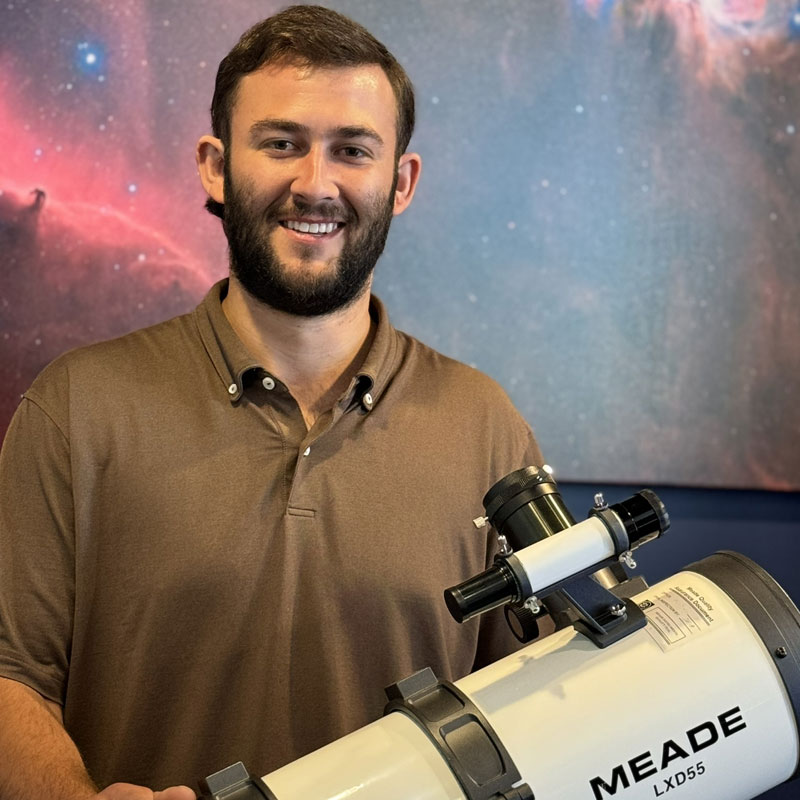
|
Freeman Lightner |
WASP-39 B investigated by NASAs Webb, finding, confirming atmospheric differences between the eternal morning and evening sides of exoplanet WASP-39 b. This tidally locked planet, orbiting a star 700 light-years away, showed significant temperature and cloud cover variations.
Researchers using NASA’s James Webb Space Telescope confirmed that an exoplanet exhibited differences between its eternal morning and evening atmospheres, validating previous models. WASP-39 b, a giant planet with a diameter 1.3 times greater than Jupiter and a similar mass to Saturn, orbits a star about 700 light-years from Earth and is tidally locked to its parent star. This results in a constant dayside and nightside, with one side always exposed to the star and the other perpetually in darkness.
WASP-39 B investigated by NASAs Webb, differences in morning and evening atmosphere on WASP-39 b
Using Webb’s Near-Infrared Spectrograph (NIRSpec), astronomers identified a temperature difference between the eternal morning and evening on WASP-39 b, noting that the evening was roughly 300 degrees Fahrenheit (about 200 degrees Celsius) hotter. They also found evidence of varying cloud cover, with the morning side being cloudier.
Astronomers analyzed the 2- to 5-micron transmission spectrum of WASP-39 b, studying the planet’s terminator, the boundary separating the dayside from the nightside. By comparing starlight filtered through the planet’s atmosphere as it transits in front of the star to the unfiltered starlight, researchers gathered information on the temperature, composition, and properties of the atmosphere.
“WASP-39 b has become a benchmark planet for studying exoplanet atmospheres with Webb,” stated Néstor Espinoza, an exoplanet researcher at the Space Telescope Science Institute and lead author of the study. “Its inflated, puffy atmosphere provides a strong signal from the starlight filtered through it.”
Previously published Webb spectra of WASP-39b’s atmosphere revealed the presence of carbon dioxide, sulfur dioxide, water vapor, and sodium, but did not differentiate between the day and night sides. The new analysis, however, built two distinct spectra from the terminator region, showing the evening side as significantly hotter at 1,450 degrees Fahrenheit (800 degrees Celsius) compared to the morning side’s 1,150 degrees Fahrenheit (600 degrees Celsius).
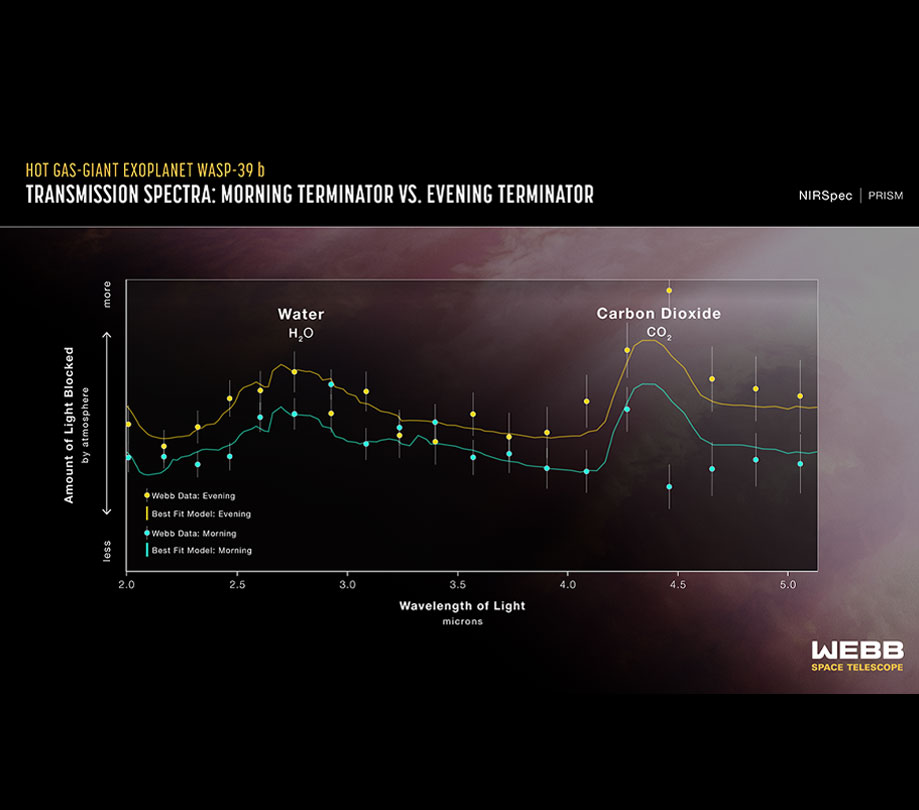
Image B - Transmission spectra
"It’s stunning that we could parse this small difference, possible only due to Webb’s sensitivity across near-infrared wavelengths and its extremely stable photometric sensors," remarked Espinoza.
Extensive modeling of the data allowed researchers to investigate the structure of WASP-39 B’s atmosphere, cloud cover, and the reasons for the temperature difference. They confirmed that gas circulation around the planet was the main cause of the temperature disparity, with future studies aimed at understanding how cloud cover affects temperature.
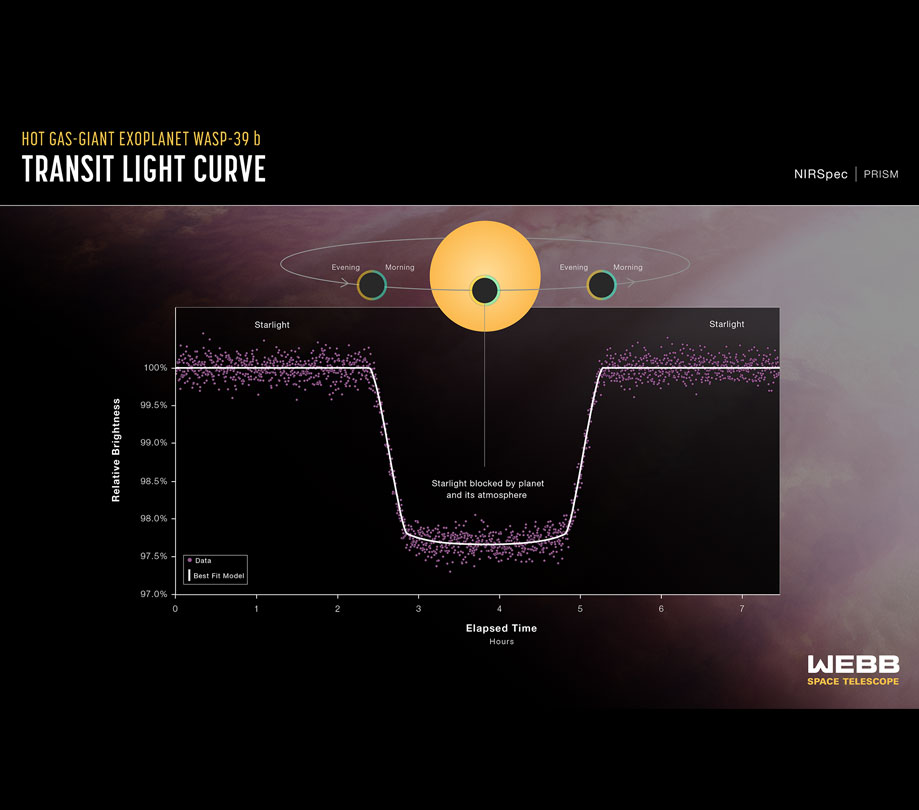
Image C - Transit light curve
Using General Circulation Models, researchers discovered that prevailing winds on WASP-39 b likely moved from the nightside across the morning terminator, around the dayside, and across the evening terminator to the nightside. This caused the morning side to be cooler and the evening side to be hotter, with winds reaching speeds of thousands of miles per hour.
“This analysis provides 3D information on the planet that wasn’t available before. The hotter evening edge means it’s a little puffier, suggesting a small swell at the terminator approaching the nightside," added Espinoza.
The researchers planned to apply the same method to study atmospheric differences of other tidally locked hot Jupiters as part of Webb Cycle 2 General Observers Program 3969. WASP-39 b was among the first targets analyzed by Webb in 2022 under the Early Release Science program 1366, designed to help scientists learn to use the telescope’s instruments and realize its full potential.
The James Webb Space Telescope is the world's premier space science observatory, solving mysteries in our solar system, exploring distant worlds around other stars, and probing the universe's structures and origins. Webb is an international program led by NASA with partners ESA (European Space Agency) and CSA (Canadian Space Agency).
ScopeTrader's latest survey
Featured Stories

Stay Updated
Sign up for our newsletter for the headlines delivered to youSuccessFull SignUp

|





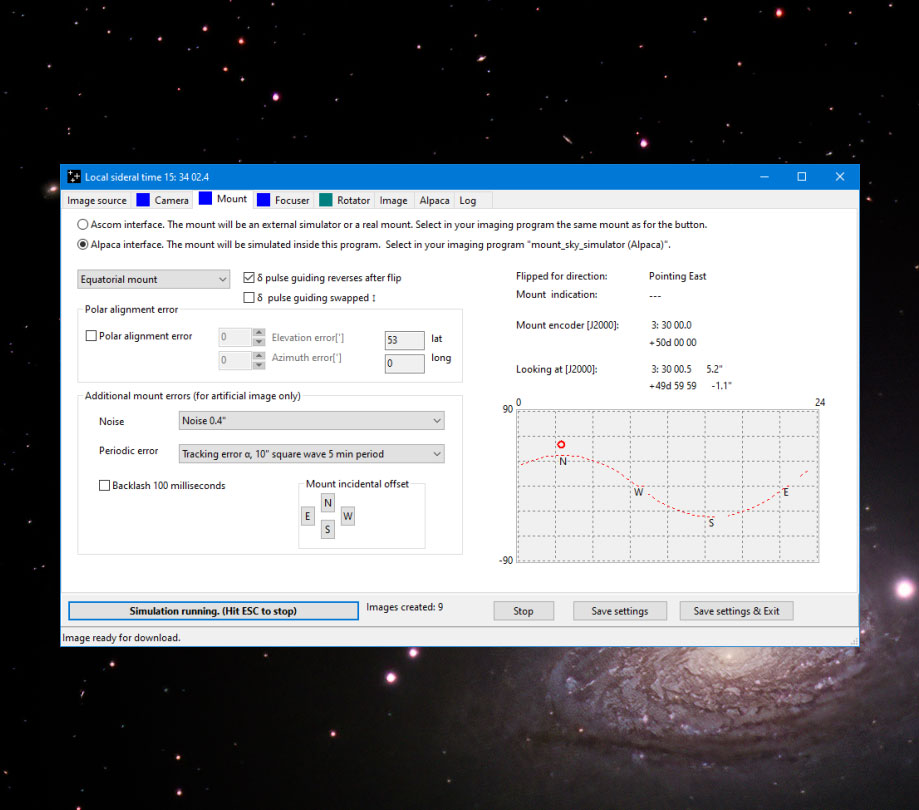


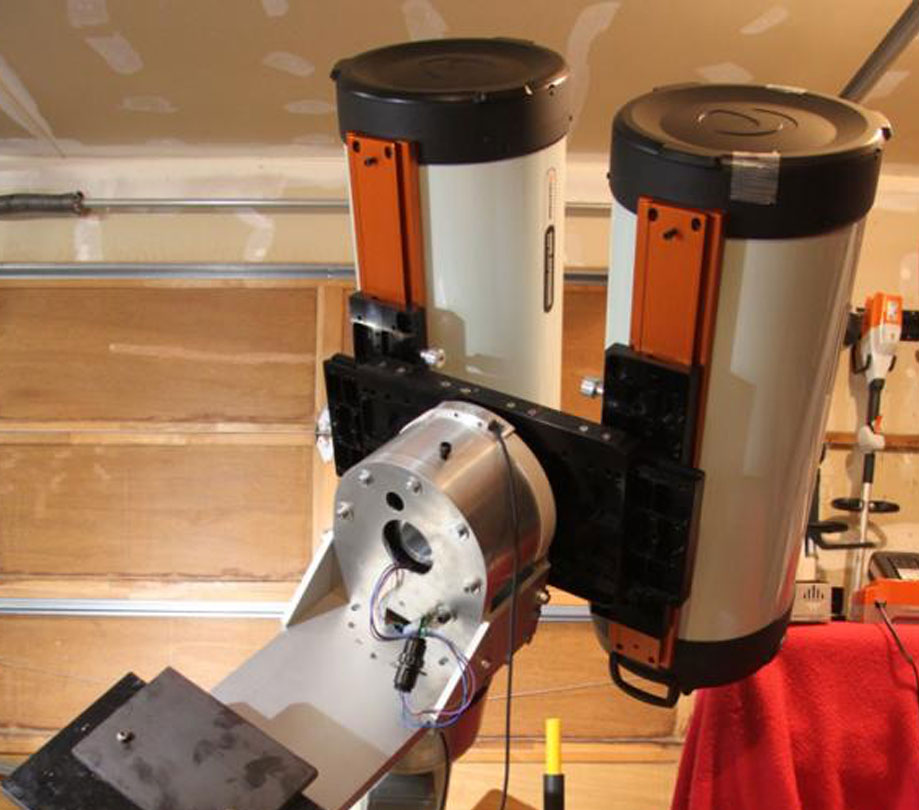

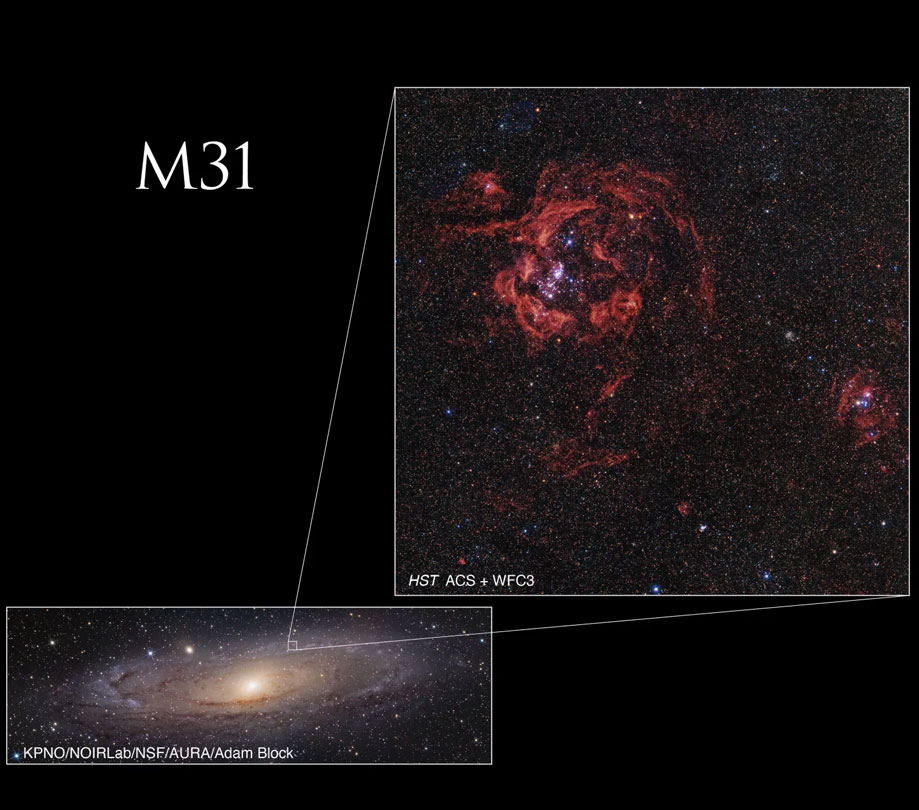
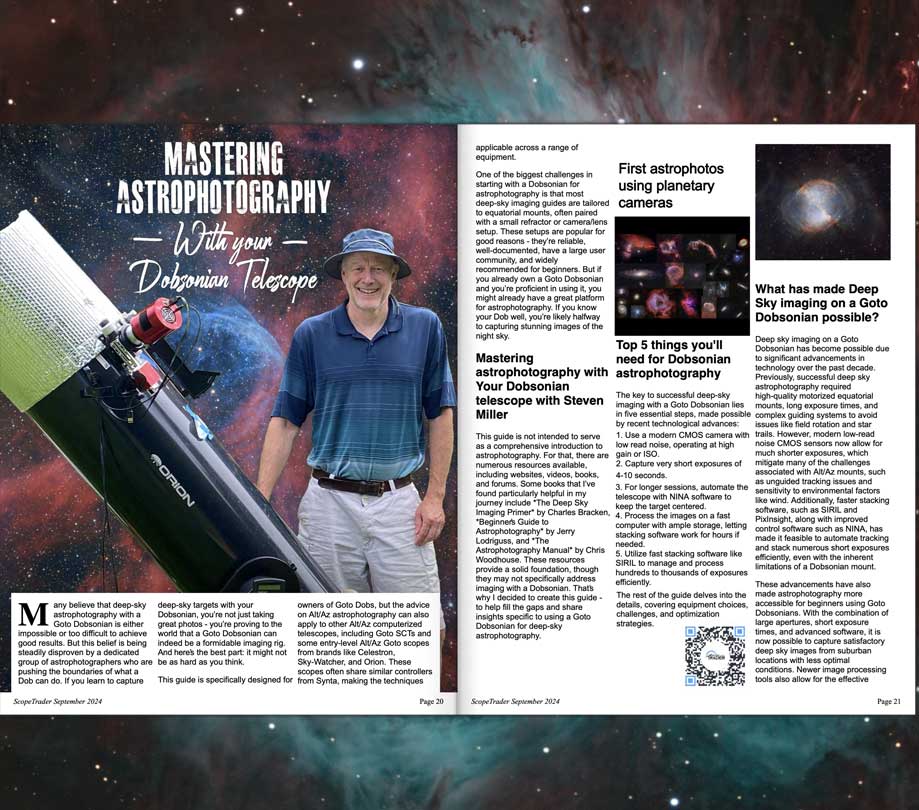
Comments